Last episode of the Second Punic War, the Battle of Zama of 202 BC. sees two armies confront each other in a night illuminated by the only light of the torches. Led by the famous Hannibal, the Carthaginians dressed in Ottoman fashion send their war elephants on the Roman phalanxes led by Scipio the African. Our artist deploys the know-how of artists from the North to represent a compact crowd of characters treated in a mannerist vein: the muscles are salient, the horses powerful and the gestures marked. Conscious of the importance of contrasts, he paints a light radiating from the center of the composition whose reverberation on the spears and the standards reinforces the dramatic character of the whole. The story of the Battle of Zama had a particular political echo in the 16th century, with Catholics in the southern Netherlands comparing their struggle against the Protestants of the North to the confrontation between Rome and the African barbarians. Around 1584, Otto van Veen entered the service of the Duke of Parma and governor of the Spanish Netherlands, Alexander Farnese (1545 – 1592). The latter probably wanted to celebrate in painting the uninterrupted series of victories he obtained over the Protestants, in particular the death of William of Orange in 1584 and the capture of Antwerp the following year. Another version of the subject, currently held at the Musée des Beaux-Arts in Orléans, shows the same compositional scheme. Probably produced almost simultaneously, our version has more detail in the standards brandished by the troop and a better state of preservation. Rarely depicted in the arts, the battle of Zama has known only one other representation by the artist Cornelis Cort around 1570, whose painting was transposed into an engraving. We find there the same omnipresence of elephants but the scene, treated by day, seems less tumultuous and the battle seems more orderly.
The painting is signed lower left with a G AVF F monogram.
Dimensions: 47 x 80 cm – 65 x 98 cm with the frame
Biography: Dutch by birth, Otto van Veen (Leyden, c. 1556 – Brussels, May 6, 1629) is a painter of the Flemish school who spent most of his his life in the southern Netherlands. Following an apprenticeship with Isaac Claesz. van Swanenburgh, he left for Italy in 1574 to perfect his classical culture. There he met the artist Frederico Zuccaro, whose colorful art served as his inspiration. Leaving Italy around 1580, he traveled to the Holy Empire and entered the service of Rudolf II of Prague and William V of Bavaria. Becoming a member of the guild of Saint Luke of Antwerp in 1592, he founded a prolific workshop and became the master of the famous Peter Paul Rubens from 1594 to 1600. His style identified him durably with the mannerists of the North, such as Bartholomeus Spranger, who was also artist at the court of Rudolf II.
Bibliography: BERTINI, Giuseppe, “Otto van Veen, Cosimo Masi and the Art Market in Antwerp at the End of the Sixteenth Century”, Burlington Magazine, vol. 140, no. 1139. (Feb. 1998), p. 119–120. Grove Art Online, Veen [Vaenius; Venius], Otto van, [online], accessed June 29, 2022. VLIEGHE, Hans, Flemish Art and Architecture, 1585-1700, New Haven, Yale University Press, 1998.



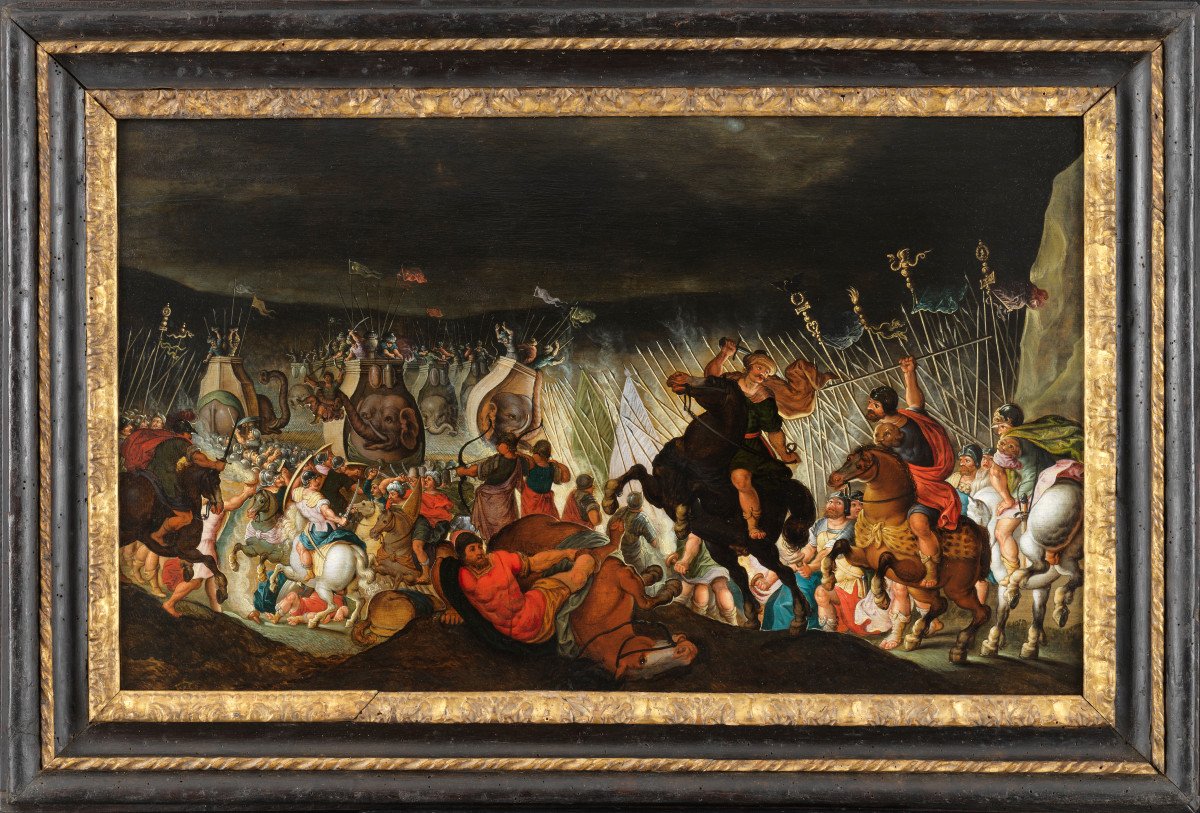
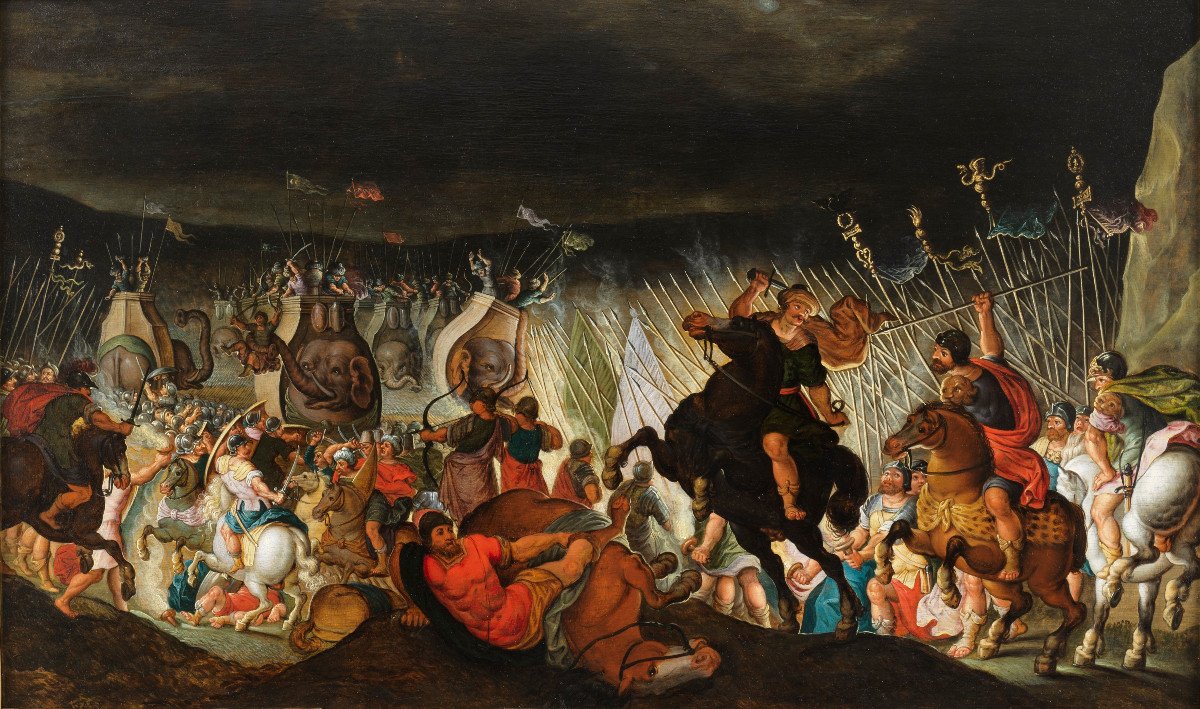
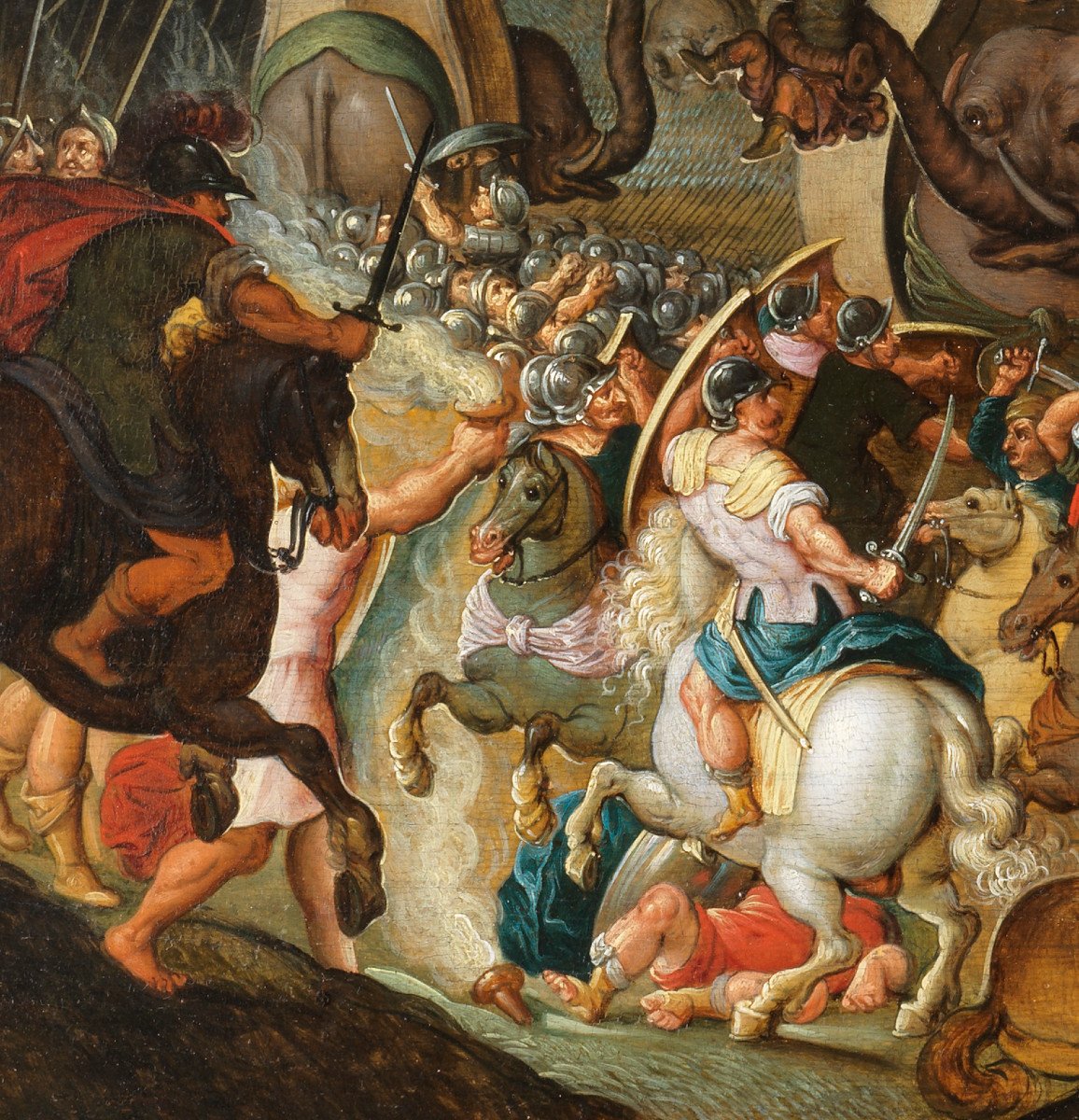
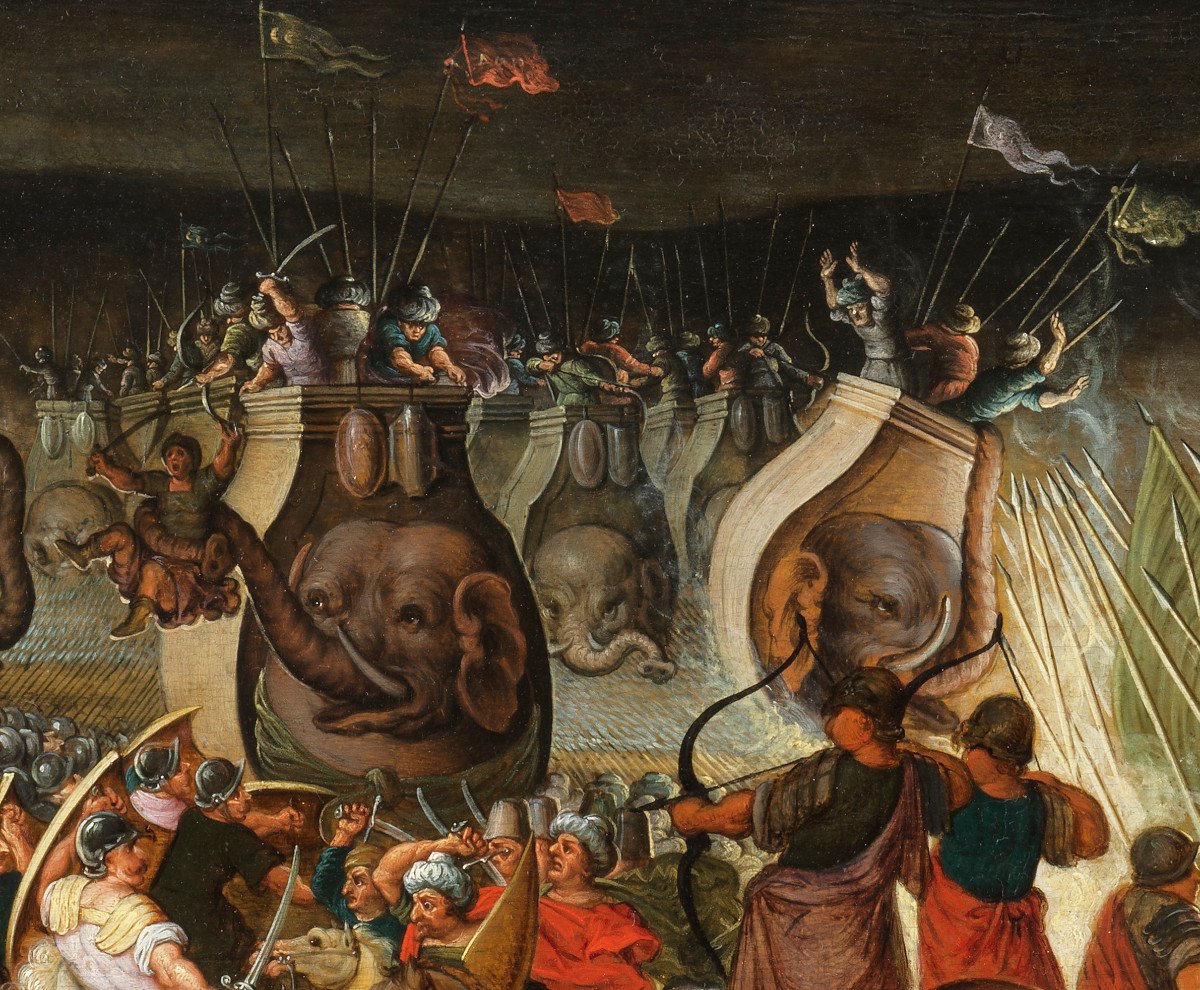

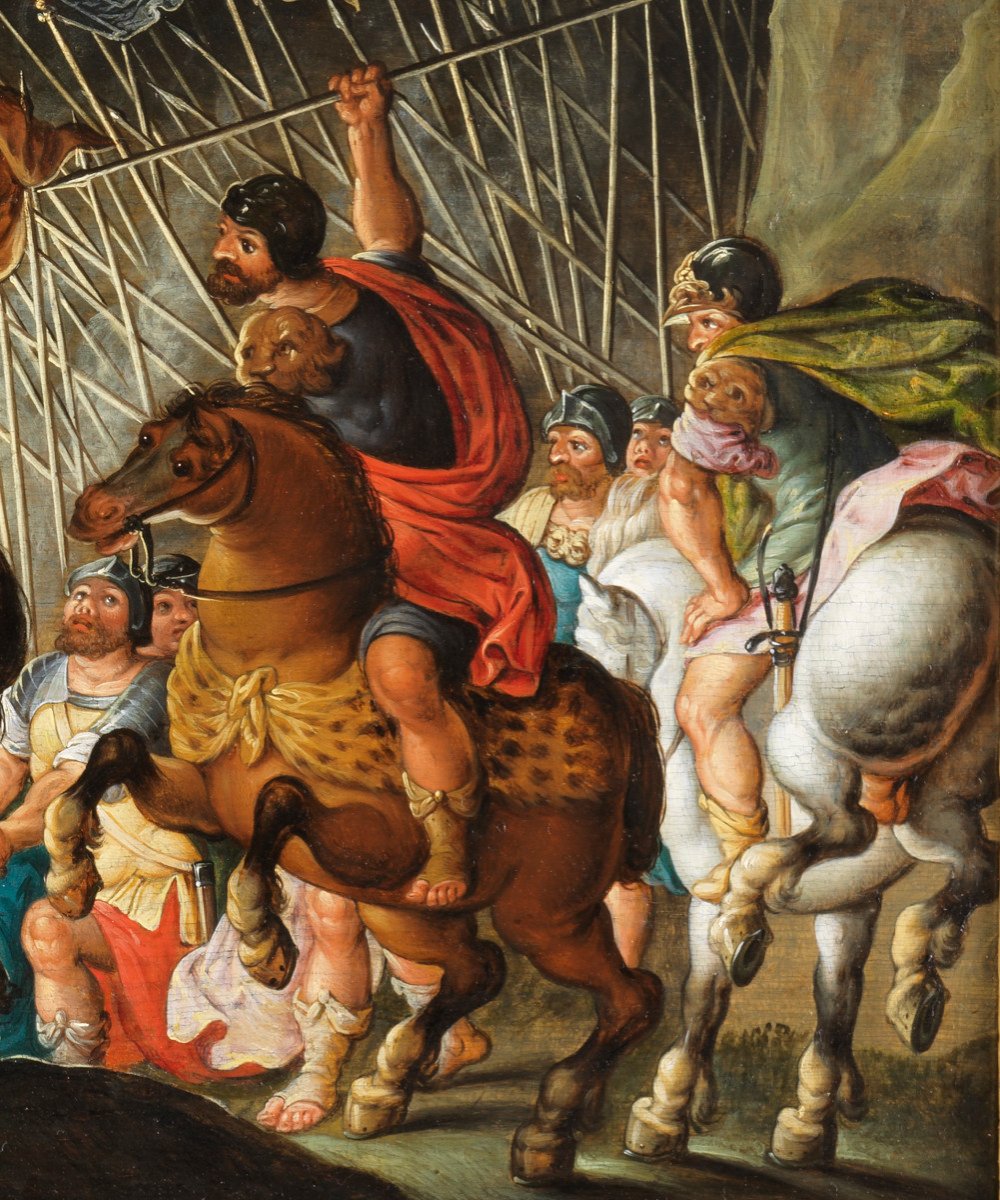
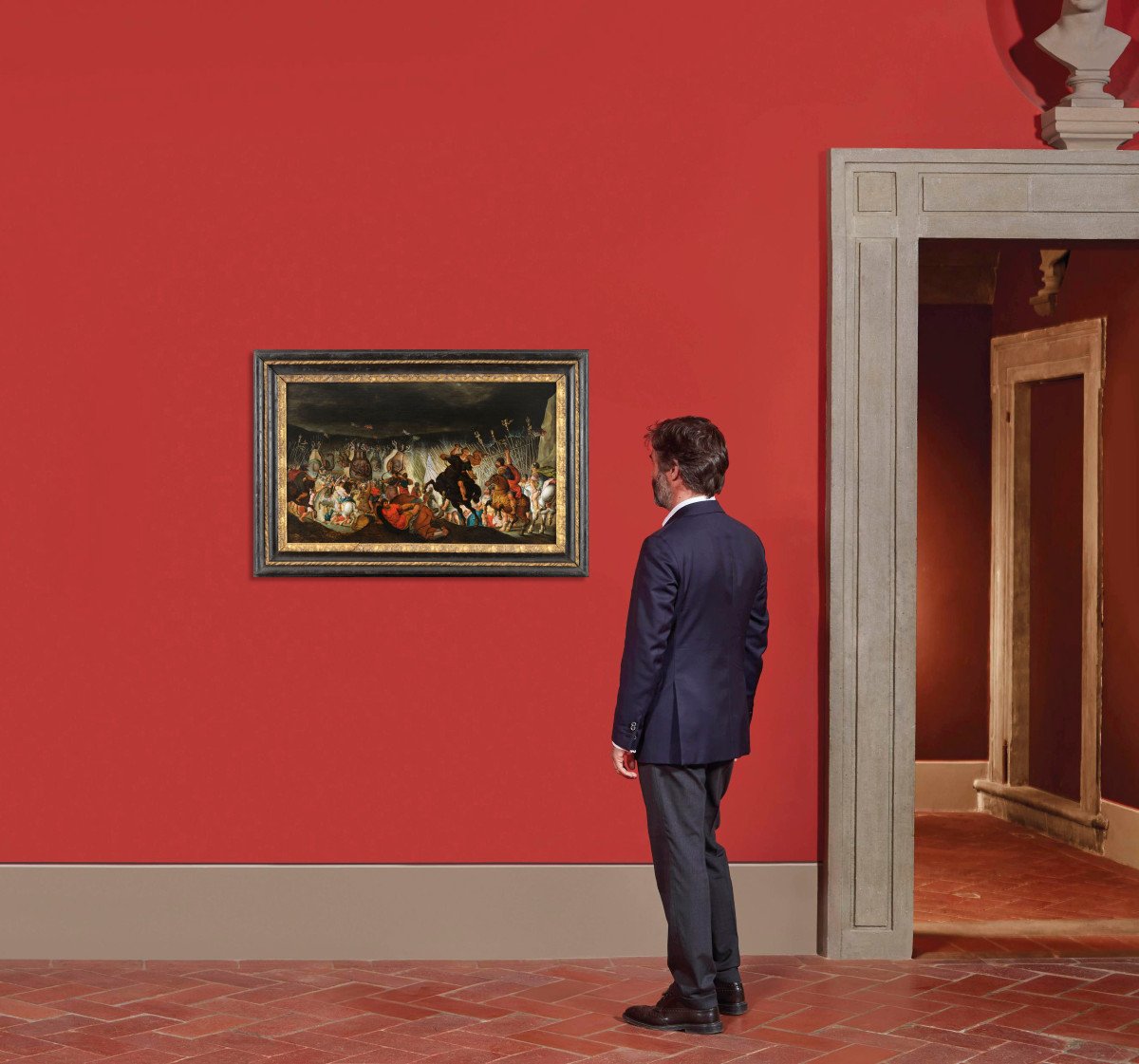




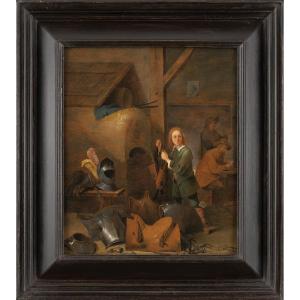




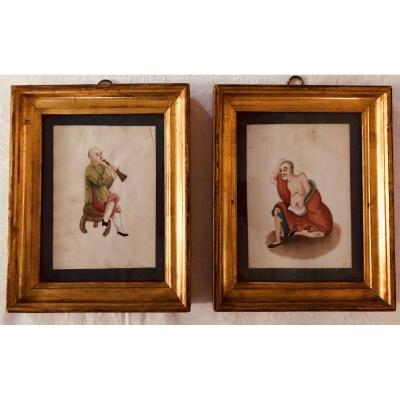

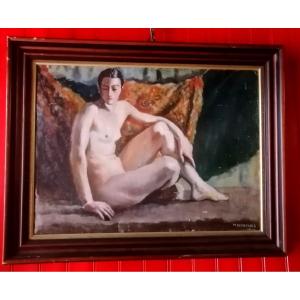




 Le Magazine de PROANTIC
Le Magazine de PROANTIC TRÉSORS Magazine
TRÉSORS Magazine Rivista Artiquariato
Rivista Artiquariato
